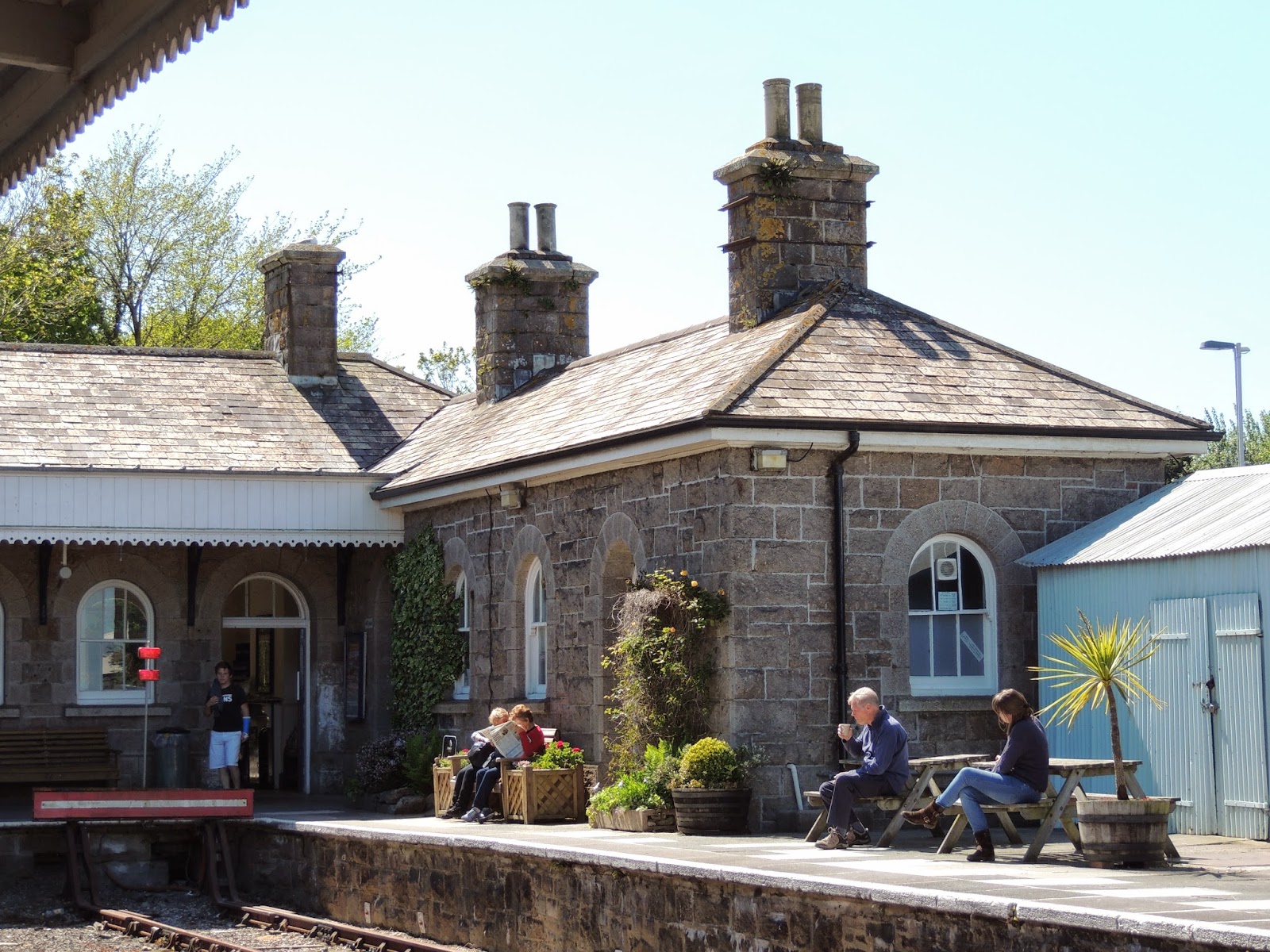St Pancras
To Paddington
To St Erth
Today we are heading west to St Ives. I guess, somewhere in the way back of my foolish child's mind I wondered why people were going to St Ives
Now the most famous answer is 1, but the wiki shows a host of possibles.
http://en.wikipedia.org/wiki/As_I_was_going_to_St_Ives
St Ives located on the Atlantic coast of Cornwall is just north of Lands End, the most westerly spot in England. It is also just south of Port Isaac, film venue for the BBC "Doc Martin" show. I will be taking another walk, this time along the Coast Trail to Penzance. Navigation is easy, keep the ocean on your right.
I selected this journey after some consideration. Last year during my Coast to Coast hike, I started my day with a coffee and a check in with the BBC weather. I noted that prevailing weather frequently skirted north of this peninsula in Cornwall. Indeed that area is considered a kind of banana belt and it will be likely that trees and plants more commonly found in warmer climates will be seen in gardens.
I am,however , fully expecting to get rained upon. It is just being realistic. My guide book states that May is the peak for wildflowers, so my camera is bound to go into overload.
The whole of the trail and all the villages fall within the Penwith Heritage Coast. Here is the handy Wiki
http://en.wikipedia.org/wiki/Penwith
Large open sweeping hills, stony ground and occasional woodlands. Ancient structures called dolmens (quoits) arrived with the neolithic settles in 3500 BC. These rough stone constructions were used as tombs and are found all over Europe. Stone circles from 200BC might be a challenge to find, as I found out last year. Barrows, believed to be used for ceremonies, intermingle with tin mine relics. Tin was combined with iron to make bronze. The barrows date from 1500 - 700 BC . Finally the Iron Age Celts, 700 BC brought the hilltop forts.
The word Cornwall derives from the Cornish word cornovii, meaning cliff castles
Tonight I am staying at Villamorva www.villamorva.co.uk The owner is said to be a cat lover. I wonder if she got hers from that man with all the wives.




No comments:
Post a Comment